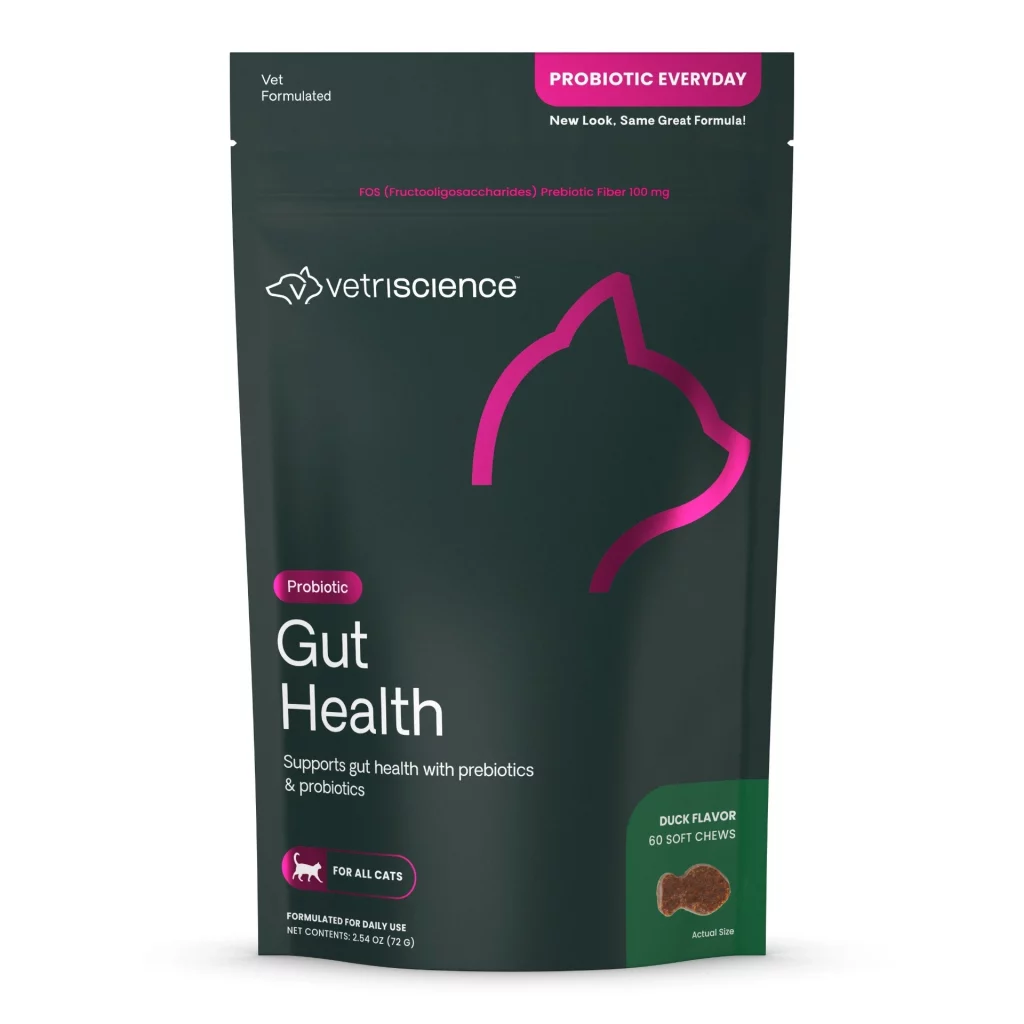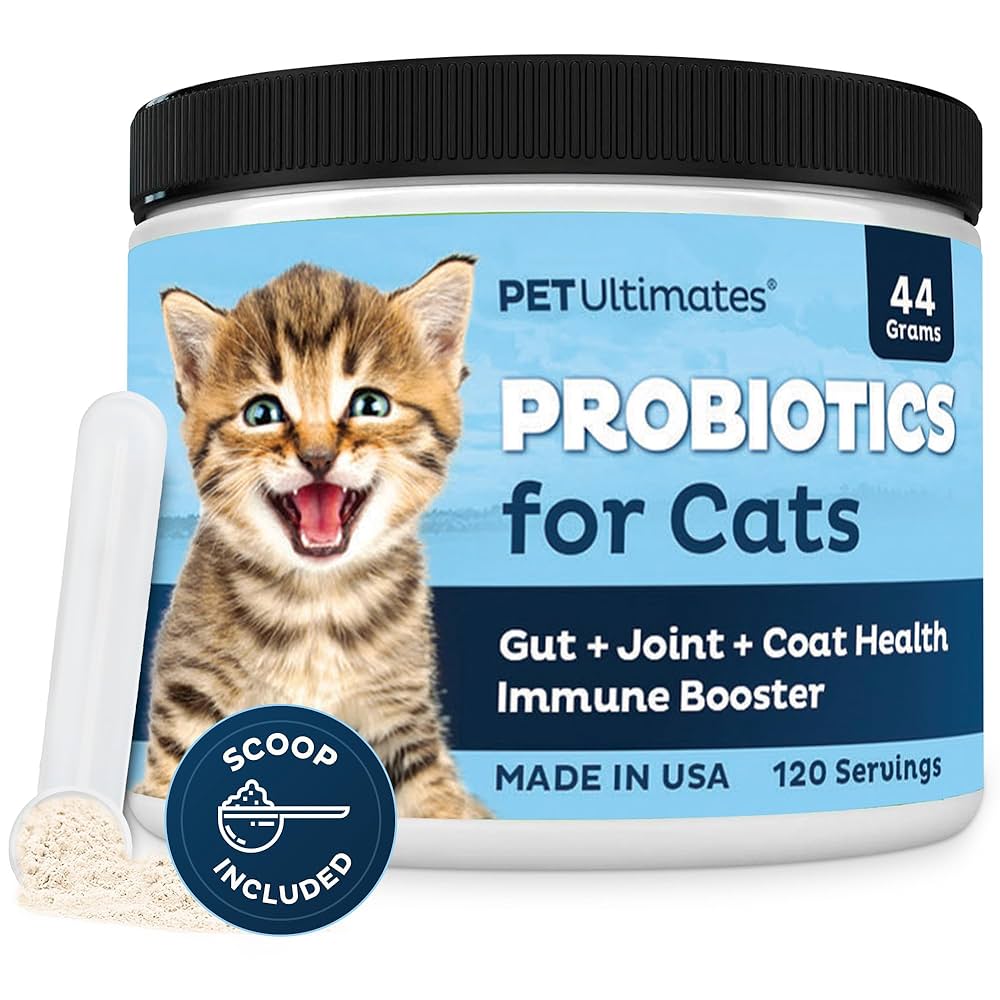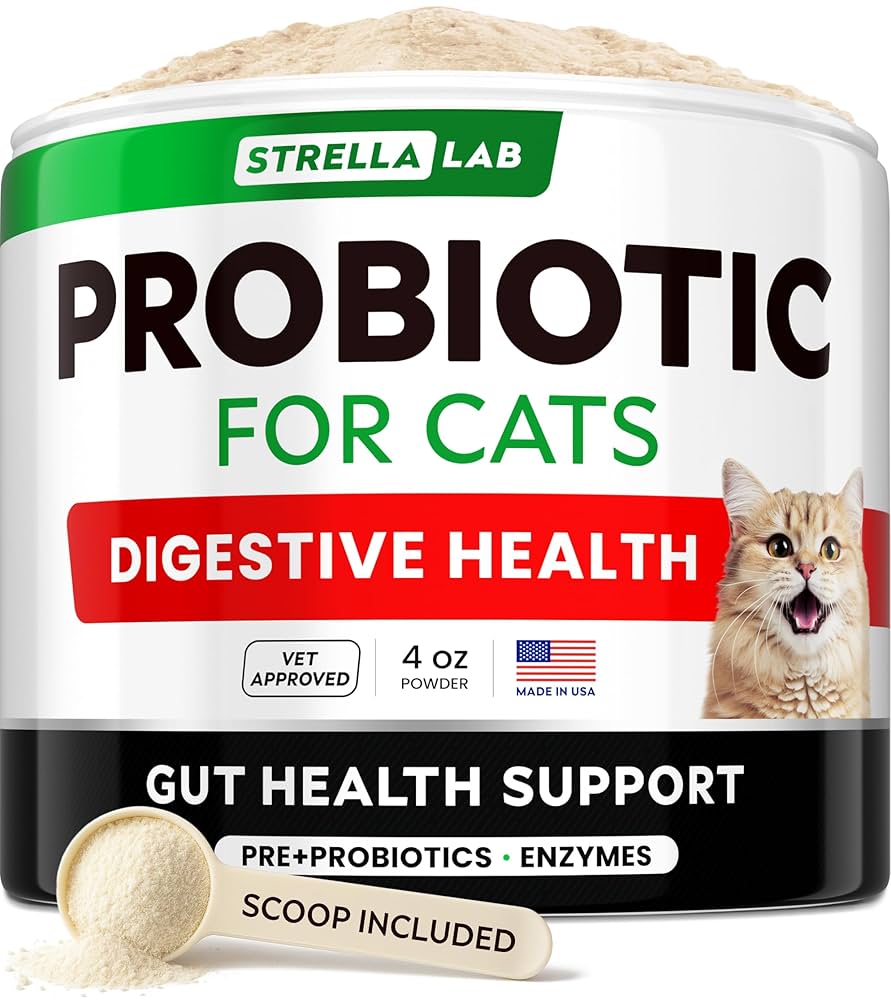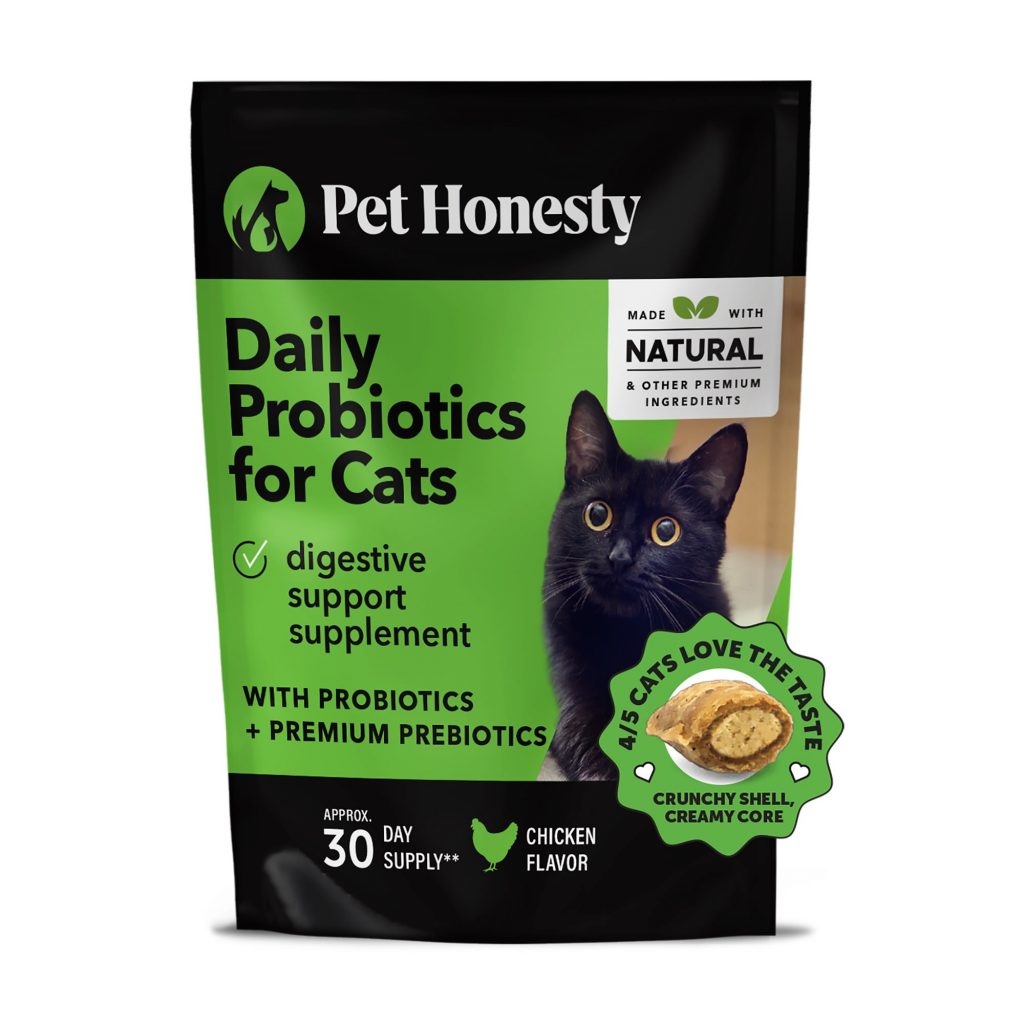As our feline companions enter their senior years, their digestive systems often become less efficient—leading to issues like constipation, diarrhea, and decreased nutrient absorption. Incorporating probiotics can significantly improve digestive health and support overall vitality in senior cats. Let’s dive into the best probiotic strategies, top strains, and how to pick the right supplement for your aging cat.
1. Why Senior Cats Benefit More from Probiotics
- With age, cats exhibit digestive changes, such as slowed digestion, reduced nutrient absorption, and irregular bowel movements.
- Probiotics help balance gut flora, easing digestion, supporting immune health, and reducing GI discomfort.
- The gut plays an essential role in immunity—up to 70% of immune cells reside there, making probiotics crucial for immune support in seniors.

2. Most Effective Probiotic Strains for Senior Cats
Veterinary experts consistently recommend the following strains for their targeted support:
- Enterococcus: Promotes colon health and well-formed stools.
- Bifidobacterium: Aids small intestine digestion and overall digestive wellness.
- Opt for multi-strain formulas (at least two strains) for broader gut support.
- Clinical evidence shows probiotics improve GI function, immune performance, and may even reduce age-related conditions.

3. Top Probiotic Options for Senior Cats
Here are trusted forms and formats ideal for older felines:
| Product / Format | Highlights |
|---|---|
| VetriScience Gut Health for Cats (chews) | Gentle daily probiotic chews, 120 million CFU. Supports regularity, digestion, and immune health—ideal for seniors. |
| Powders with Multi-strains (e.g., Enterococcus + Bifidobacterium) | Stellar support for small intestine and colon health—allow flexible dosing. |
| Pro Plan FortiFlora (synbiotic powder) | Vet-recommended, paired with prebiotics for added digestive and immune support. |

4. Choosing the Right Supplement
What to look for when selecting senior-friendly probiotics:
- Multiple, well-researched strains—especially Enterococcus and Bifidobacterium.
- Quality Assurance—NASC seal or vet-developed products ensure transparent, reliable labeling.
- Acceptable format—chews, powders, or liquids depending on your cat’s preferences. Chews offer convenience; powders blend easily into wet or moistened food.
- Prebiotic inclusion helps sustain healthy bacterial growth; look for ingredients like FOS, MOS, or fiber-rich blends.

5. How to Implement Probiotics Effectively
- Introduce gradually: Start with half-dose mixed into food; observe stool quality and appetite.
- Consistency matters: Daily administration yields better results over time, especially for aging cats.
- Monitor progress: Check for improved stool texture, appetite, energy, and hydration subtly increasing due to better gut absorption.
- Vet check-ups: If no improvement in 4–6 weeks, consult your vet for possible dosage, strain, or health condition adjustments
Read more:

Leave a Reply